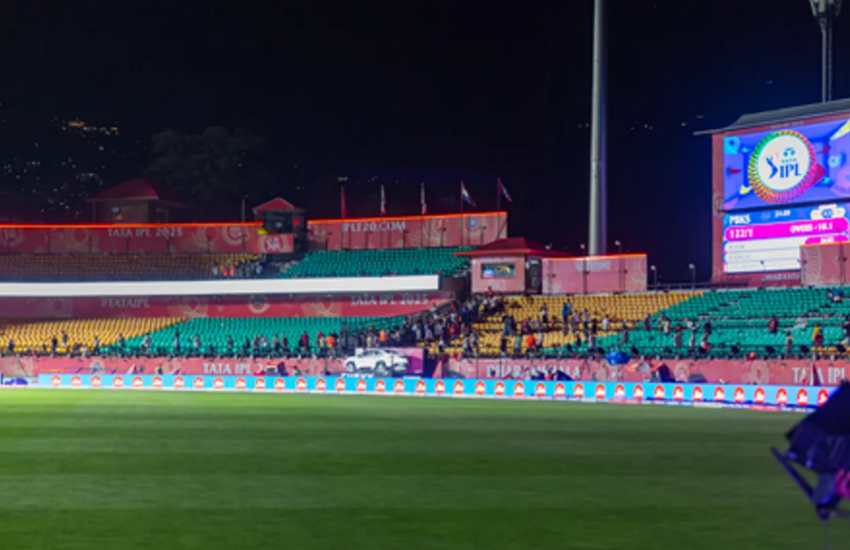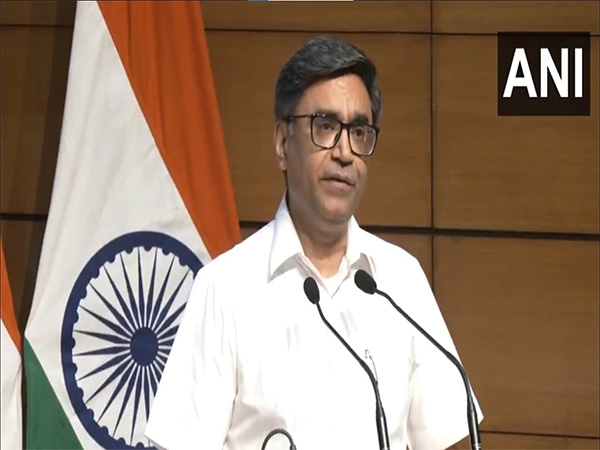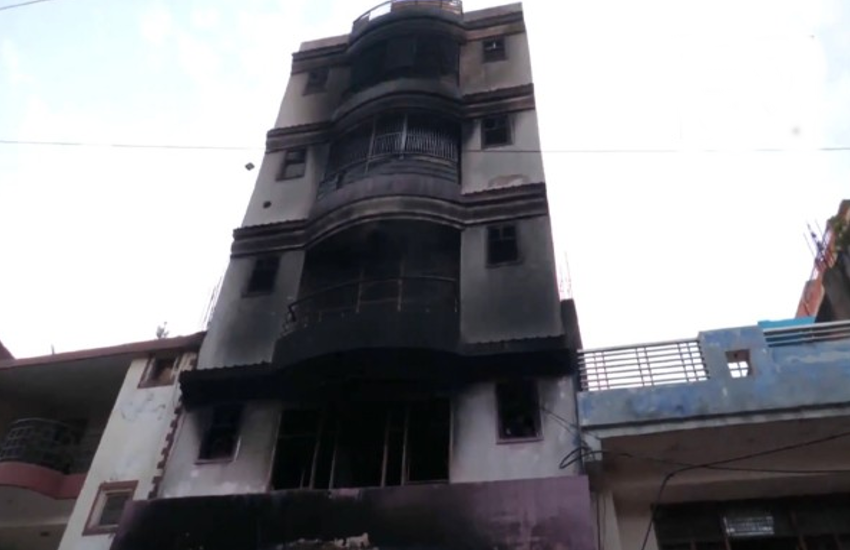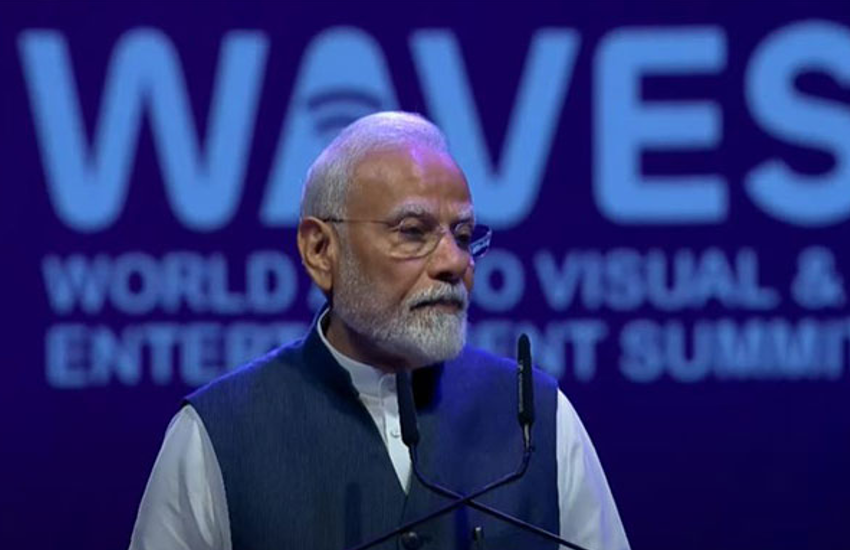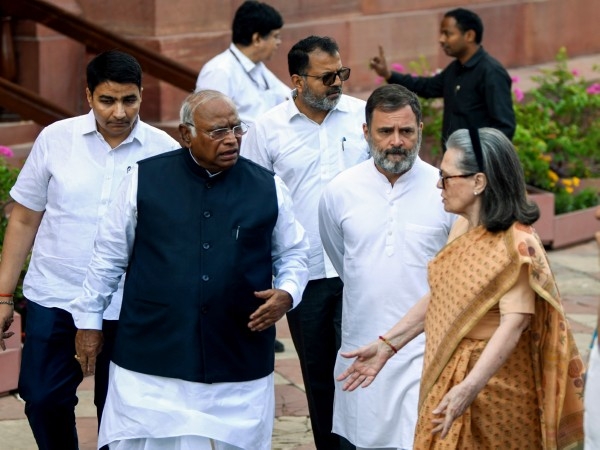2016 was a bad year for Indian healthcare. Demonetisation made it worse

With an investment of a paltry 1.5% on healthcare in India, only small achievements stood out in the year 2016.
The year saw the country rid itself of two infectious diseases - yawns and neonatal tetanus. The latter is caused by unhygienic deliveries and is lethal.
Even the WHO commended India's achievements in eradicating the two infections.
Yawns is a disease the affects the skin and bone and can cause disfigurement of the body. The attempt to eradicate the infection started in the late 1950s.
These achievements notwithstanding, the most important event of the year is the government's decision on the health prospects of surrogate mothers. While the Bill is yet to be passed by Parliament, it proposes a ban on commercial surrogacy and only allows for it in case of 'infertile couples' who have no other option. There is also the dire implication of livelihoods being lost for hundreds who rely on surrogacy as their only source of income.
The Health Ministry also launched the Rota virus vaccine that was made available free of cost at public healthcare centres across four states - Odisha, Himachal Pradesh, Andhra Pradesh and Haryana. Rota virus is cited as cause for about 78,000 deaths in India each year.
The government also launched the "Pradhan Mantri Surakshit Matritva Abhiyan" (PMSMA) which assures fixed-day comprehensive and quality antenatal care to pregnant women on the ninth of every month. The scheme also promises to provide a minimum package of antenatal care services that would be provided to pregnant women in their second or third trimesters at all government health facilities.
But the good news ends there.
Health expenditure by the government is woefully inadequate which means that a large part of the population can't even think of availing good quality healthcare.
A survey conducted this year by ICE 360° shows that 3% of households of among the richest 20% of the population faced a crisis with more than fifth of their income being spent on spent on healthcare. The figure for the bottom of the pyramid -20% of the poorest -- was 7%, which is more than double compared to the rich.
The survey also shows that 47% households consult a doctor at a public health facility when a family member falls ill while 38% households visit a private health facility. 14% households consult an independent medical practitioner. The survey covered 61,000 households making it one of the largest health surveys conducted in India in the last decade.
With respect to health insurance, the survey also showed that only 23% of all households in the country were covered under any health insurance scheme with less than a fifth of the poorest 20% having any health insurance cover. India's out-of-pocket expenditure remains the highest among all south-east Asian countries as we head towards 2017.
Tragedies and note ban
The health ministry also seems to have ignored the over 300 deaths of tribal children in Odisha this year, largely attributed to Japanese Encephalitis. After months of protests, the state government and the health ministry formed a team to investigate the deaths.
But even with all the positive efforts, the demonetisation policy took a toll on India's public health system.
Hundreds of patients could not avail healthcare services across the country with some startling instances where the poor had to run from pillar to post for basic healthcare services.
Post-demonetisation, an infant died after Kailash Hospital run by Union Minister Mahesh Sharma reportedly asked for an advance of Rs 10,000 and then refused to take old currency notes.
In Visakhapatnam , An 18-month old baby also met the same fate as the parents didn't have money to buy medicines.
A one year old infant in Mainpuri, Uttar Pradesh, died after reportedly being denied treatment by a local private doctor as his parents did not have cash in hand in new notes for treatment.
After the demonetisation policy was announced, the Maharashtra government claimed that their toll-free 24�--7 emergency ambulance services helpline was reporting complaints against private hospitals refusing to accept cheques for ambulance services.
Demonetisation is probably is the single most prominent reason, among many others, why 2016 has not been a good year for healthcare in India.
First published: 25 December 2016, 10:37 IST


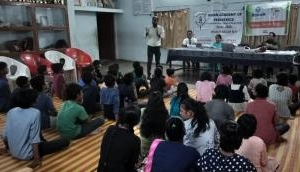
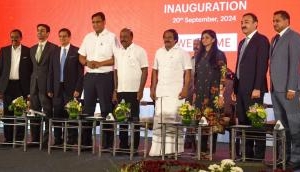


![BJP's Kapil Mishra recreates Shankar Mahadevan’s ‘Breathless’ song to highlight Delhi pollution [WATCH] BJP's Kapil Mishra recreates Shankar Mahadevan’s ‘Breathless’ song to highlight Delhi pollution [WATCH]](https://images.catchnews.com/upload/2022/11/03/kapil-mishra_240884_300x172.png)

![Anupam Kher shares pictures of his toned body on 67th birthday [MUST SEE] Anupam Kher shares pictures of his toned body on 67th birthday [MUST SEE]](https://images.catchnews.com/upload/2022/03/07/Anupam_kher_231145_300x172.jpg)


